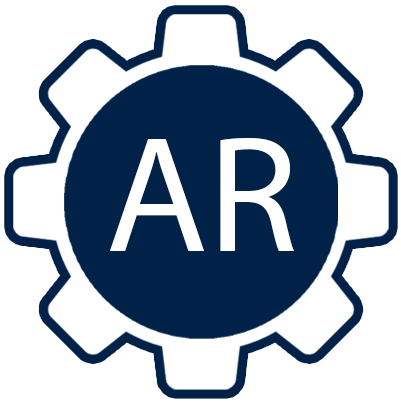Authors: T. Baldridge, G. Poling, E. Foroozmehr, R. Kovacevic, T. Metz, V. Kadekar, M.C. Gupta
Address: Journal of Optics and Lasers in Engineering,Vol.51,Issue.2, Pages:180-184
Abstract
In the nuclear industry there is need for repair of heat exchanger tubes made of high-temperature corrosion-resistant Inconel metals. This work reports the results of applying a 3 mm thick cladding layer by laser melting Inconel 690 powder on top of a 10 mm thick plate of Inconel 600 alloy substrate. Successful multilayer cladding of 3 mm thickness was achieved by scanning the laser beam over the substrate using a powder feeder to control the powder feed rate. Experimental parameters such as laser power, scanning speed, beam overlap, powder feed rate, and preheating were investigated to reduce cracking upon cooling. SEM images show a smooth integral interface between the 600 and 690 materials, and EDS mapping reveals the dilution zone via the concentration gradient of chromium. Vickers tests show the 690 cladding surface to be up to 40% harder than the base 600 material. XRD and EDS analysis confirm that the Inconel 690 composition remains unchanged throughout processing when using argon as a shielding gas. The final laser melted cladding layer appears to be well-suited for surface protection.
Journal Papers
Month/Season:
February
Year:
2013


